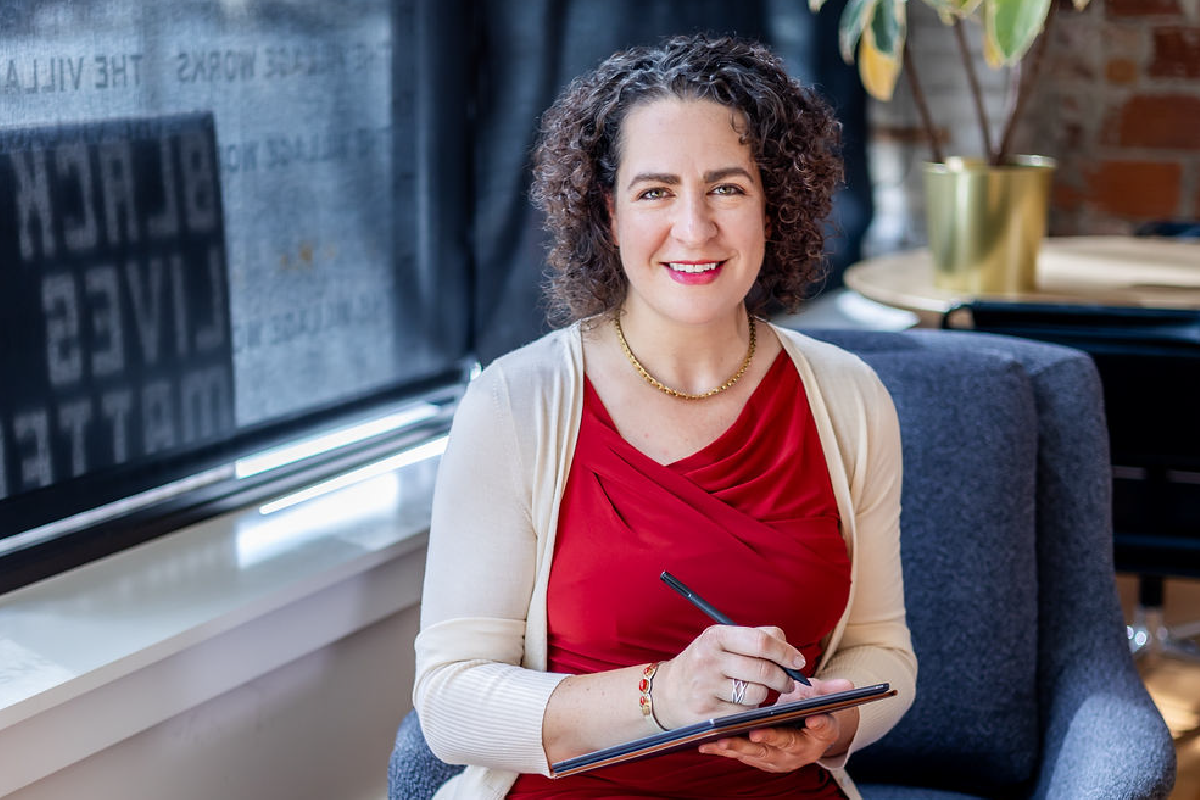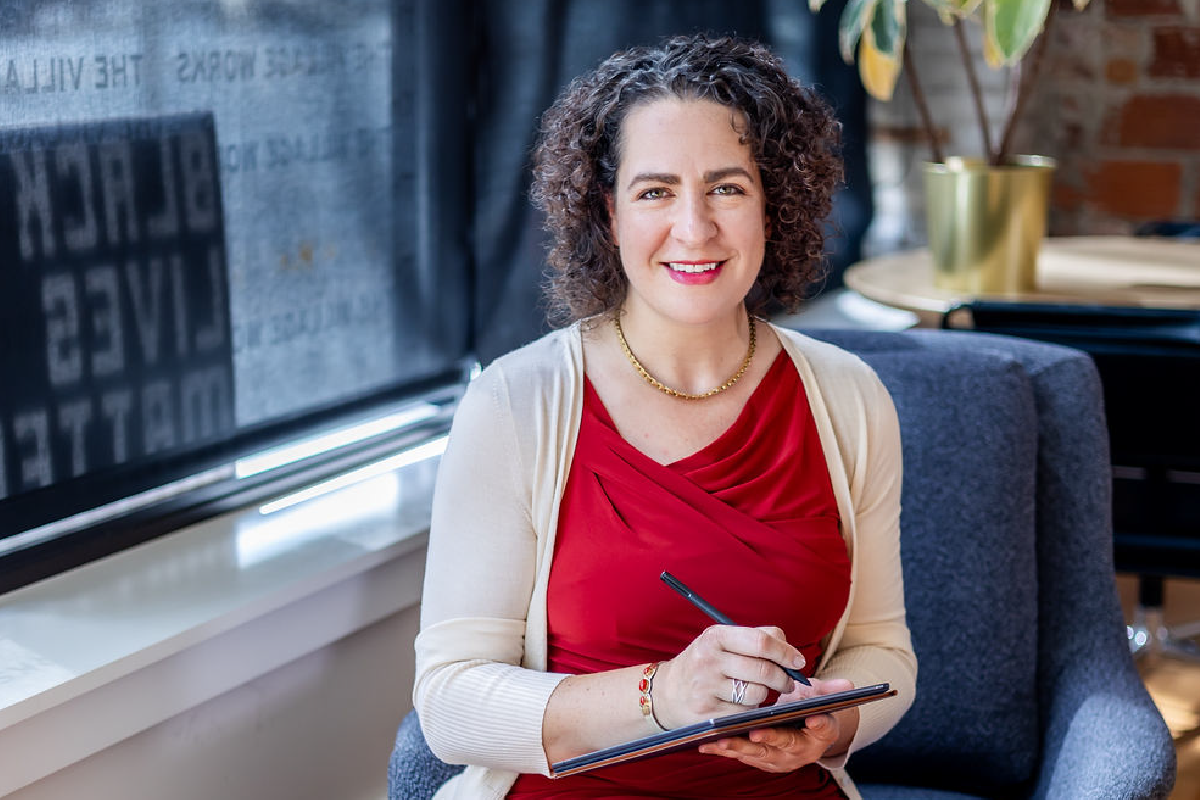Navigating a Career Pivot: 6 Steps to a Career in Sustainability
Oct 13, 2025
Exploring a career in sustainability often starts with a desire to align your work with your values and contribute to something larger than yourself.
How to Explore or Advance a Career in Sustainability
Many professionals reach a point where they want their work to support a healthier, more sustainable future. Whether you’re considering a career shift or deepening your path in this field, taking a clear and steady approach can make the process feel more manageable.
People often ask questions like:
• How can I use my skills to support sustainability or climate-focused work?
• Where can I contribute in a way that aligns with my strengths and values?
• What roles exist across sectors like education, government, business, and nonprofits?
Sustainability sits at the intersection of purpose, impact, and professional growth. Having built my own career in this space across government, higher education, consulting, and leadership development, I’ve seen how clarity, strategy, and consistent action open doors in a field that is constantly evolving.
Here are six steps to help you explore or advance a career in sustainability or climate leadership, shaped by more than 20 years of experience supporting professionals and organizations in this space.
1. Clarify Your Focus Areas
Sustainability is a broad field, spanning renewable energy, corporate social responsibility, environmental justice, ESG, and more. Identifying two or three areas that genuinely interest you helps you stay focused and makes it easier for others to connect you with the right opportunities.
Almost all S&P 500 companies now report sustainability information each year, reflecting how deeply environmental and social performance have become embedded in organizational strategy.
Tip: Browse sustainability reports from organizations you admire and note which topics, values, or approaches resonate most with you.
2. Understand Where the Opportunities Are
Sustainability roles exist across all sectors, including public, private, and nonprofit. Each offers unique avenues for impact, whether you’re shaping policy, influencing corporate strategy, or strengthening community initiatives.
Even with this breadth of opportunity, the sustainability and clean energy landscape continues to shift. Recent federal policy changes have resulted in cuts to research, development, and incentive programs that have traditionally supported climate action. These reductions can feel discouraging, yet they also open space for local and regional leadership to play an even greater role.
As federal programs scale back, community groups, municipalities, and mission-driven organizations are stepping forward with innovation, equity, and collaboration. From advancing climate resilience to supporting workforce development and environmental justice efforts, progress often takes root at the community level.
Tip: Check out what your local community is doing to advance sustainability, and identify ways you can contribute.
3. Lead With Your Strengths
Identify the skills you most enjoy using, such as analysis, communication, collaboration, or strategy. Many people underestimate how transferable their experience is. A career coach or assessment can help you recognize patterns in your work that point toward your next step.
If you enjoy working with data, there are plenty of sustainability roles focused on gathering, analyzing, and reporting information. If you prefer working with people, consider opportunities centered on change management, education, engagement, or communications.
Tip: Review job descriptions in your areas of interest to identify recurring skills and competencies—then match them with your own experience.
4. Identify Organizations Aligned With Your Values
Make a list of about 40 organizations or brands whose missions inspire you. Research their work, follow them online, and learn who leads their sustainability or ESG initiatives.
Next, narrow your list to your top 20. This level of focus helps make your outreach more intentional and effective.
Then, start building relationships with people connected to those organizations. Look for volunteer or engagement opportunities such as events, committees, or partnerships. Consider how you can get to know the individuals doing the work. People are more likely to help and hire professionals they know, like, and trust, especially when they have a clear sense of the value you bring.
Tip: Explore local directories, LinkedIn groups, and sustainability networks to discover organizations and leaders aligned with your interests.
5. Build Relevant Experience
You don’t need to wait for the perfect job to start contributing. Volunteering, consulting projects, or collaborations can help you develop skills, gain credibility, and expand your professional network.
Whether it’s helping a nonprofit with communications, advising a small business on sustainability initiatives, or contributing to a community climate project, real-world experience builds both confidence and visibility.
Tip: Seek opportunities that align with your values and professional development goals—these experiences tend to be the most meaningful and rewarding.
6. Build Relationships
Once you’ve identified organizations and begun gaining hands-on experience, focus on cultivating and sustaining connections. Relationships are the foundation of every successful career in sustainability and leadership.
Nurture the relationships you already have while also forming new ones. Stay in touch with mentors, colleagues, and peers, and make an effort to introduce people within your network who could benefit from knowing each other. Serving as a connector strengthens your community and amplifies everyone’s impact.
Reach out to professionals in your field, attend webinars or community events, and connect with new contacts on LinkedIn. Approach every interaction with curiosity and generosity rather than transactions. Listen deeply, ask thoughtful questions, and share insights or resources that could help others succeed.
Tip: Follow thought leaders in your field and engage meaningfully with their posts. Online interaction can open doors, but take it further when possible. Attend local events, conferences, or meetups to connect in person and build trust-based relationships.
Moving Forward
We’re in a challenging period for those working to advance climate solutions and healthier communities. With many federal programs facing funding cuts, progress can feel uncertain. Yet there are bright spots, with leaders and community groups finding creative ways to make a difference at the local level.
One inspiring example is Coach Sam Balto, whose work to increase active transportation is helping families, schools, and city leaders reimagine how we move through our communities. Leadership and innovation don’t always start at the top—they often begin with individuals who care deeply and take consistent, values-driven action.
Building a career in sustainability is as much about clarity and intentionality as it is about technical skills. When you align your values with your professional direction, you create a foundation for meaningful, sustainable impact, even in uncertain times.
Ready to Take the Next Step?
If you’re unsure where to begin, my Career Check-In Quiz can help you assess where you are, identify what’s next, and receive curated resources to support your next step.
About the Author
Erica Mattison is an executive and career coach who helps purpose-driven professionals and organizations grow with clarity, confidence, and impact. With over 20 years of experience in sustainability, higher education, and advocacy, she blends coaching, advising, and leadership development to help clients navigate career transitions, strengthen leadership capacity, and align their work with their values.
She is the author of Clarifying What Matters: Creating Direction for Your Career and host of the Conversations with Erica podcast, where she interviews leaders advancing meaningful careers and sustainable communities.
Learn more and take the Career Check-In Quiz.
Additional Resources
-
S&P 500 Sustainability Reporting and Assurance Analysis — Center for Audit Quality
-
GuideStar — Research nonprofits and mission-driven organizations
-
Green Justice Coalition — Organizing for a just transition to a sustainable economy


